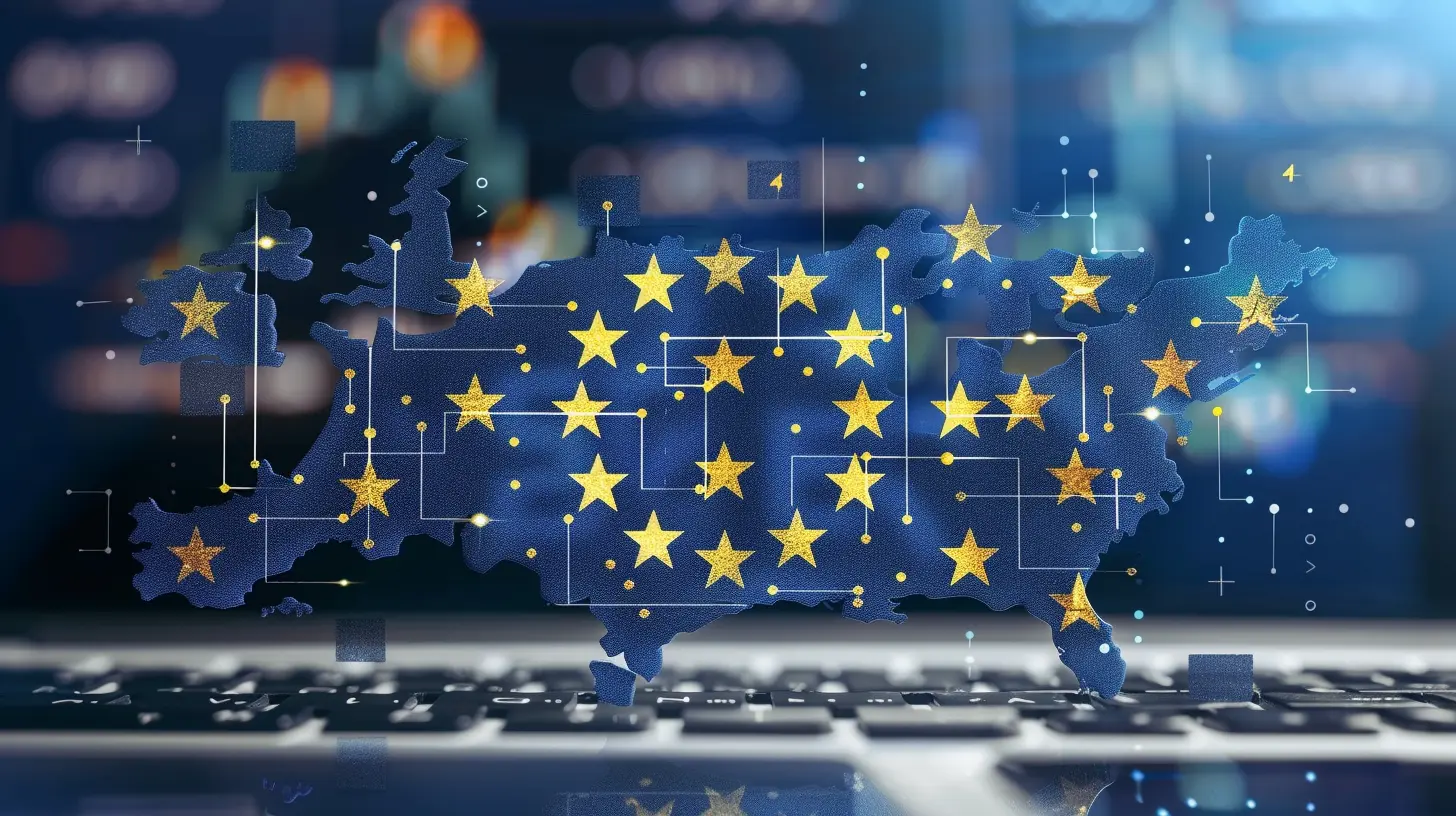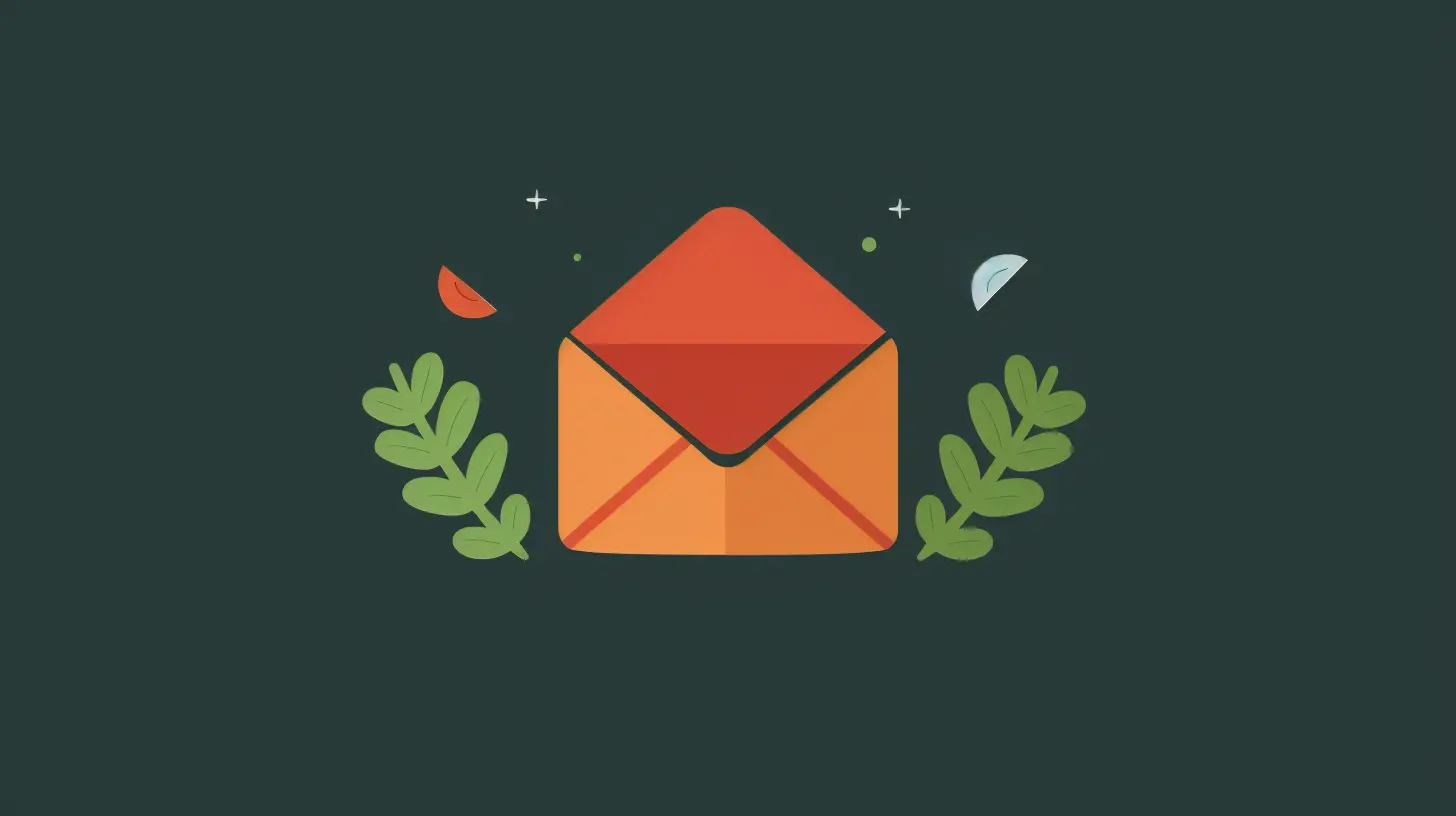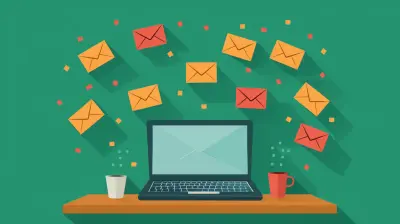A Guide to GDPR and Email Privacy Best Practices
8 April 2025
In today’s hyper-connected world, email has become one of the most powerful tools for communication. It’s quick, efficient, and cost-effective. But as businesses increasingly rely on email to engage with customers, privacy concerns have skyrocketed. Enter GDPR—the General Data Protection Regulation—a set of game-changing rules from the European Union that redefined how businesses handle personal data. If you’re scratching your head wondering what GDPR means for your email marketing practices, relax. You’re in the right place.
This guide will break down the essentials of GDPR and email privacy best practices, so you can ensure you’re compliant without losing sleep over it. Ready? Let’s dive in.
What Is GDPR, And Why Should You Care?
Let’s start with the basics. GDPR is a privacy law enforced by the European Union (EU) that came into effect on May 25, 2018. Its goal? To protect the personal data of individuals in the EU and give them more control over how their information is used.But here’s the kicker—GDPR doesn’t just affect companies based in Europe. If your business handles the data of EU residents, even if you’re located outside the EU, you need to comply. Yes, even if you’re a small business in the U.S. with a handful of EU customers, GDPR has your attention.
Why should you care? Non-compliance with GDPR can lead to hefty fines—up to €20 million or 4% of your global annual revenue (whichever is higher). And let’s not forget the reputational damage. People don’t have much patience for companies that mishandle their data. 
How Does GDPR Impact Email Marketing?
If you’ve ever sent out a bulk email campaign, you’ll want to pay attention here. GDPR has specific rules about how businesses collect, store, and use email addresses. It’s not just about ticking a box; it’s about building trust and respecting your audience’s privacy.Here are three key ways GDPR influences email marketing:
1. Consent Is King
Before you add someone’s email address to your mailing list, you need their explicit consent. And no, burying a pre-checked consent box in tiny text doesn’t cut it anymore. Your audience must actively agree to receive your emails.
2. Clear Communication
GDPR requires you to be transparent about how you’ll use someone’s data. If you’re collecting email addresses for a weekly newsletter, say that. If you’re planning to share their data with third parties, they need to know upfront.
3. The Right To Be Forgotten
Under GDPR, individuals have the right to request that you delete their data. This means you need systems in place to promptly remove users from your mailing list if they ask. 
Email Privacy Best Practices Under GDPR
Okay, so now you understand the basics. Let’s talk about how to put GDPR principles into action in your email marketing. These best practices will not only keep you compliant but also improve your relationship with your audience.1. Get Proper Consent (Always!)
Think of consent as the foundation of your email marketing. To be GDPR-compliant, you need to collect affirmative, informed, and unambiguous consent from your recipients.Here’s how to do it the right way:
- Use opt-in checkboxes that are not checked by default.
- Avoid confusing jargon. Keep your language simple and clear.
- Tell people exactly what they’re signing up for.
For example, instead of saying:
"Sign up for updates,"
try:
"Sign up for our weekly email newsletter, brimming with tips, offers, and industry news."
Does this sound like overkill? It’s not. When people know exactly what they’re signing up for, they’re more likely to stick around and engage with your emails.
2. Opt-Out Options Need To Be Crystal Clear
Nobody likes being trapped in a mailing list they didn’t ask for. To comply with GDPR, you need to make it easy for people to unsubscribe from your emails.Here’s a golden rule: Every email you send must have an unsubscribe link that’s visible, functional, and easy to use.
Your unsubscribe process should also be simple. Don’t ask people to fill out a survey or log into an account to leave your list. One click should do the trick.
Think of it like breaking up in a relationship—you want to make it as painless as possible for the other person.
3. Keep Your Privacy Policy Front and Center
You know that little link to the “Privacy Policy” in the footer of most websites? Yeah, it’s more important than ever now. GDPR requires businesses to clearly communicate how they handle personal data.Here’s what your privacy policy should include:
- What data you collect (e.g., email addresses, names, phone numbers)
- Why you’re collecting it (e.g., to send newsletters, promotions, or updates)
- How you store and protect this data
- Whether you share this data with any third parties
Pro tip: Link to your privacy policy on your email sign-up forms and in your marketing emails. Being transparent builds trust.
4. Segment Your Email List
Imagine signing up for a newsletter to receive blog updates, but then you’re bombarded with product promotions. Annoying, right? That’s where segmentation comes in.Segmenting your email list lets you send targeted, relevant content to different groups of subscribers. Not only does this improve engagement, but it also reduces the chances of you crossing GDPR boundaries (by sending irrelevant content users didn’t consent to).
For example:
- A group that signed up for product updates gets product updates.
- Those who subscribed to webinar notifications only get webinar-related emails.
It’s like giving your audience what they ordered instead of a random grab bag of emails.
5. Double Opt-In Is Your Friend
A double opt-in process is when new subscribers confirm their subscription by clicking a link in a confirmation email. This extra step ensures that the person signing up for your emails is actually interested—and that their email address wasn’t added by mistake or through shady tactics.While GDPR doesn’t make double opt-in mandatory, it’s considered a best practice and adds an extra layer of security for your business. 
Tools To Help Keep Your Email Marketing GDPR-Compliant
If all this GDPR talk feels overwhelming, don’t panic. Plenty of tools can help you stay on the right track.1. Email Marketing Platforms
Most major platforms like Mailchimp, HubSpot, and Constant Contact offer built-in GDPR compliance features. These include customizable consent forms, GDPR-friendly templates, and automated data deletion options.
2. Consent Management Software
Tools like OneTrust or Cookiebot can help you manage consent across multiple channels, including email.
3. Data Protection Officers (DPOs)
If you’re handling large amounts of personal data, consider hiring a DPO to oversee compliance. Think of them as your privacy lifeguard.
Staying Compliant Beyond GDPR
While GDPR is the big name in email privacy, it’s not the only regulation you should be aware of. Depending on where your audience lives, you might need to comply with laws like:- CAN-SPAM Act (United States)
- CASL (Canada)
- PECR (United Kingdom)
Each of these laws has its own quirks, but one thing remains constant—respect your audience’s privacy, be transparent, and get proper consent.
Final Thoughts
GDPR might feel like a maze of regulations and legalese, but at its core, it’s about treating your audience with respect. By following GDPR and email privacy best practices, you’re not just ticking a compliance box—you’re building trust, fostering stronger relationships, and setting your business up for long-term success.Remember, email marketing isn’t just about sending messages. It’s about connecting with your audience in a way that makes them feel appreciated, not exploited. Stick to the rules, respect people’s privacy, and you’ll crush it.
all images in this post were generated using AI tools
Category:
Email MarketingAuthor:

Rosa Gilbert
Discussion
rate this article
7 comments
Zarek Parker
This article sparks my curiosity! With GDPR's evolving landscape, I'm eager to learn more about how businesses can balance compliance and effective email marketing. What innovative strategies are emerging to enhance privacy while still engaging customers? Can't wait to explore these best practices in detail!
May 8, 2025 at 11:28 AM

Rosa Gilbert
Thank you for your enthusiasm! In the evolving GDPR landscape, businesses can adopt strategies like personalized content while prioritizing consent, using data minimization techniques, and leveraging transparent communication to engage customers effectively. Excited for you to explore the best practices!
Primrose Lawrence
Take responsibility or face the consequences!
April 22, 2025 at 8:10 PM

Rosa Gilbert
Absolutely! Responsibility is key to ensuring compliance with GDPR and protecting email privacy. Thank you for highlighting this important point!
Solstice Love
Empower your business with GDPR knowledge—protect privacy and build trust in every email!
April 15, 2025 at 8:13 PM

Rosa Gilbert
Thank you! Understanding GDPR is essential for fostering trust and ensuring privacy in all our communications.
Sable Willis
GDPR: Making sure your inbox stays less cluttered than your last family reunion. Email wisely, folks!
April 14, 2025 at 11:23 AM

Rosa Gilbert
Thank you for the clever analogy! Keeping our inboxes tidy is definitely part of respecting privacy and following GDPR best practices.
Ruby Clark
Embracing GDPR isn’t just compliance—it's an opportunity to build trust. Prioritize transparency and you'll enhance customer relationships and loyalty. Act now!
April 13, 2025 at 2:27 AM

Rosa Gilbert
Absolutely! Embracing GDPR fosters trust and strengthens customer loyalty through transparency. Let's prioritize these values!
Bailey Hernandez
This guide effectively highlights key GDPR principles, but lacks examples of practical implementation for diverse business scenarios.
April 11, 2025 at 8:37 PM

Rosa Gilbert
Thank you for your feedback! I appreciate your suggestion and will consider adding practical implementation examples in future updates to enhance the guide.
Joel McCarron
The article effectively outlines essential GDPR compliance strategies, emphasizing user consent and data protection practices.
April 11, 2025 at 4:52 AM

Rosa Gilbert
Thank you for your feedback! I'm glad you found the article helpful in highlighting key GDPR compliance strategies.
MORE POSTS

Evaluating the ROI of a Strategic Partnership

The Role of AI in Optimizing Sustainability Efforts

Why Franchise Compliance is Key to Long-Term Success

Dos and Don’ts of Email Newsletter Design

Creative Marketing Strategies for Small Businesses on a Budget

How to Improve Client Retention as a Freelancer